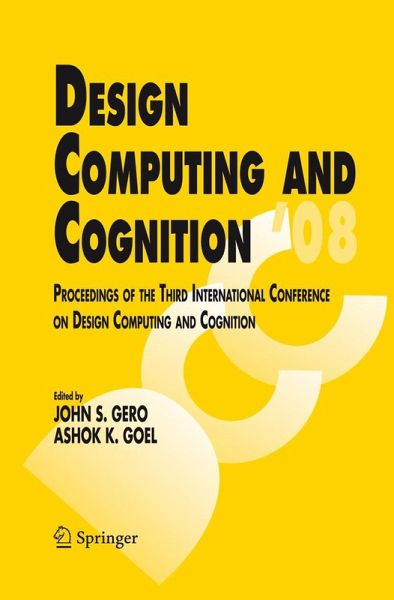
Design Computing and Cognition '08
Proceedings of the Third International Conference on Design Computing and Cognition
Herausgegeben: Gero, John. S; Goel, Ashok K

PAYBACK Punkte
76 °P sammeln!
The importance of research and education in design continues to grow. For example, government agencies are gradually increasing funding of design research, and increasing numbers of engineering schools are revising their curricula to emphasize design. This is because of an increasing realization that design is part of the wealth creation of a nation and needs to be better understood and taught. The continuing globalization of industry and trade has required nations to re-examine where their core contributions lie if not in production efficiency. Design is a precursor to manufacturing for phy- ...
The importance of research and education in design continues to grow. For example, government agencies are gradually increasing funding of design research, and increasing numbers of engineering schools are revising their curricula to emphasize design. This is because of an increasing realization that design is part of the wealth creation of a nation and needs to be better understood and taught. The continuing globalization of industry and trade has required nations to re-examine where their core contributions lie if not in production efficiency. Design is a precursor to manufacturing for phy- cal objects and is the precursor to implementation for virtual objects. At the same time, the need for sustainable development is requiring design of new products and processes, and feeding a movement towards design - novations and inventions. There are now three sources for design research: design computing, design cognition and human-centered information technology. The foun- tions for much of design computing remains artificial intelligence with its focus on ways of representation and on processes that support simulation and generation. Artificial intelligence continues to provide an environm- tally rich paradigm within which design research based on computational constructions can be carried out. Design cognition is founded on concepts from cognitive science, an even newer area than artificial intelligence. It provides tools and methods to study human designers in both laboratory and practice settings.














